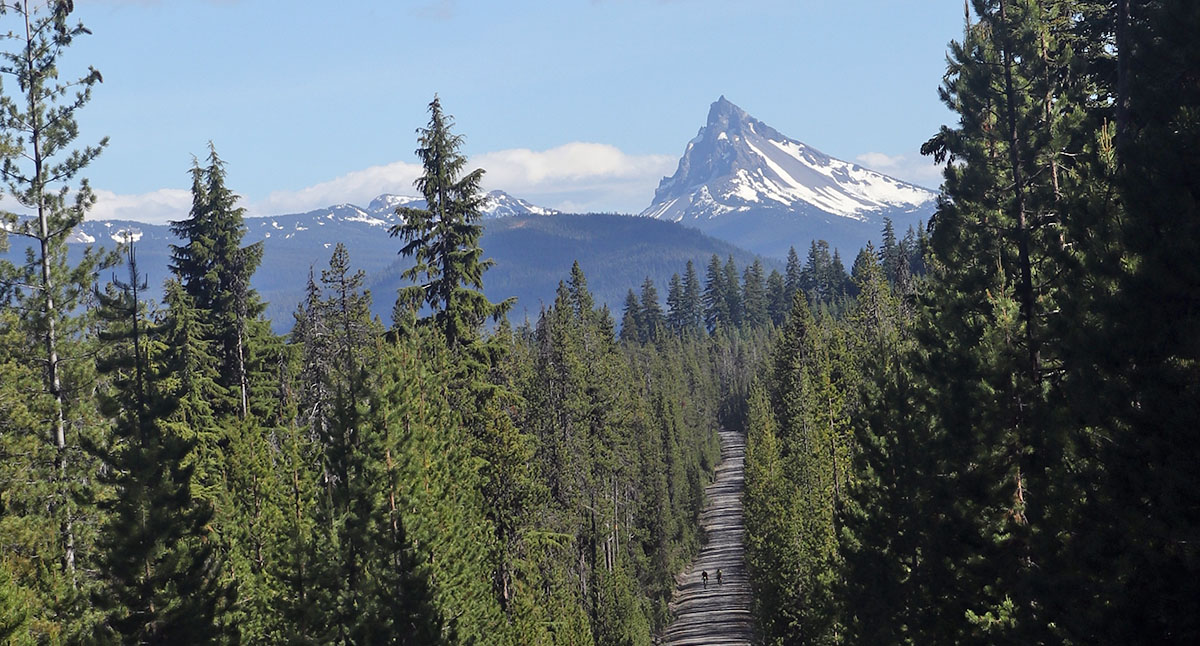Attempting FKT on Oregon Cascades Volcanic Arc
Summer hasn’t quite started yet, but I’ve decided to head out for a big adventure: I’ll ride the Oregon Cascades Volcanic Arc, a bikepacking route created by Ryan Francesconi as an alternative to the Oregon Outback. Where the Outback is all about the wide-open spaces of eastern Oregon, the OCVA takes riders along the crest of the Cascade Mountains. That means it’s climbing and descending all the time, with many twists and turns. You’re riding mostly in the forests, but once in a while, the most spectacular views open up around you. It’s challenging riding all around. It’s also longer than the Outback—413 miles (665 km).
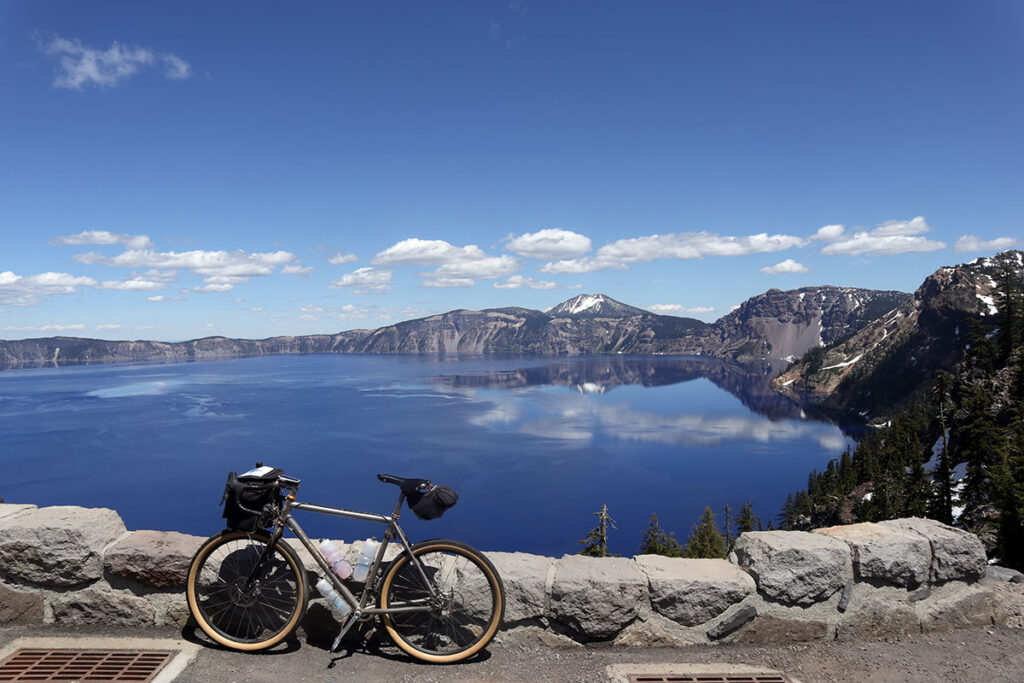
A highlight of the route is Crater Lake, the giant volcanic crater. Created by the explosion of the ancient Mount Mazama about 7,000 years ago, the ash from the eruption still covers the landscape as far north as Seattle. Crater Lake is one of the wonders of the world. It’s especially amazing when you reach it after climbing steep gravel roads for hours.
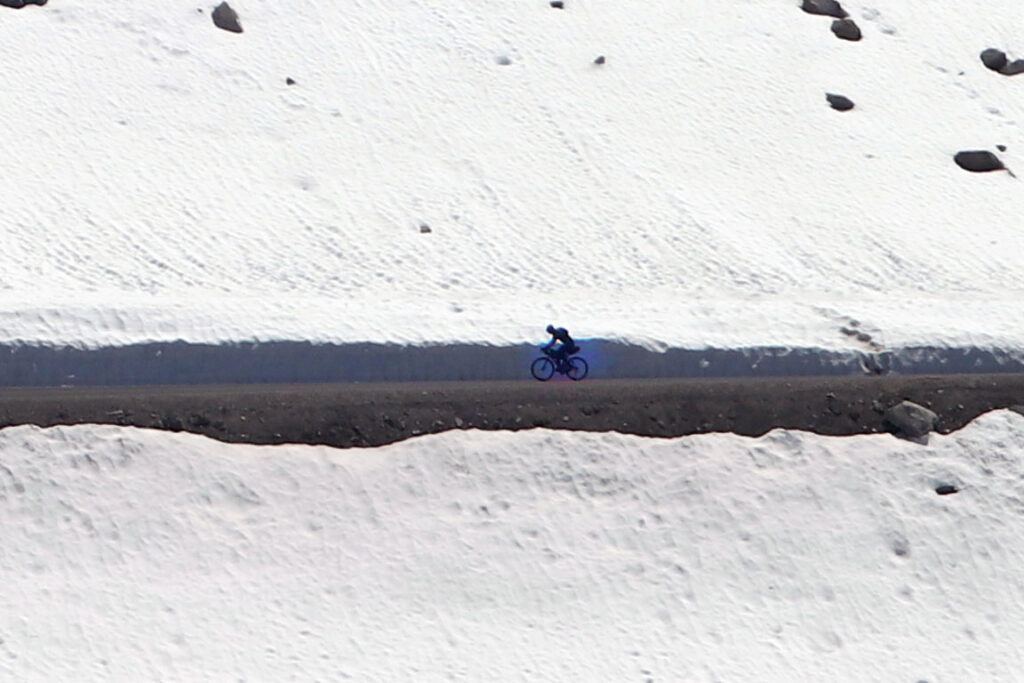
The OCVA route is an adventure at any time, but especially so at this time of year. It may feel like summer in the lowlands, but the high mountains are still covered by many meters of snow. When I wrote to Ryan that I was heading out to ride the OCVA, his reply was:
“Oh! I’d strongly recommend not to try yet. The snow at Crater Lake is still too much, and they won’t ever plow the old entrance via Pinnacles / Gray Back road. June 21st is always on the edge for getting through, but right now would be a real problem.”
Ryan knows the Oregon Cascades better than almost anybody else, and yet… he was also intrigued by my idea. Officially, the Rim Road on Crater Lake is still closed. However, satellite images show that it’s mostly clear of snow. But the gravel roads leading up to the crater are still solidly white.

Six years ago, Ryan organized a ride at the solstice to explore this route. Back then, we encountered only a few big patches of snow (and miles of downed trees that required cyclocross-style dismounts every few meters). But that was in late June, and two weeks make a huge difference with snowmelt at this time of year.
It’s quite likely that the route isn’t passable yet. I’m not bringing snowshoes—although that has crossed my mind. Ryan has mapped a detour that should allow me to backtrack if the snow at Crater Lake is too deep—and then climb to the crater on the paved road that’s already open. From there, the—still closed, but apparently mostly snow-free—road around the crater’s rim should be passable, even if it’s not yet rideable. So if you see my tracker slow down or go off course near Crater Lake, you know why.
Adding to the challenge, the weather forecast predicts a heat wave, with temperatures in the mid-90s (35°C). That’s not abnormal for this time of year in southern Oregon—that’s what makes the snow melt so fast—but it won’t make the steep climbs any easier. At least it shouldn’t be too cold in the mountains at night.
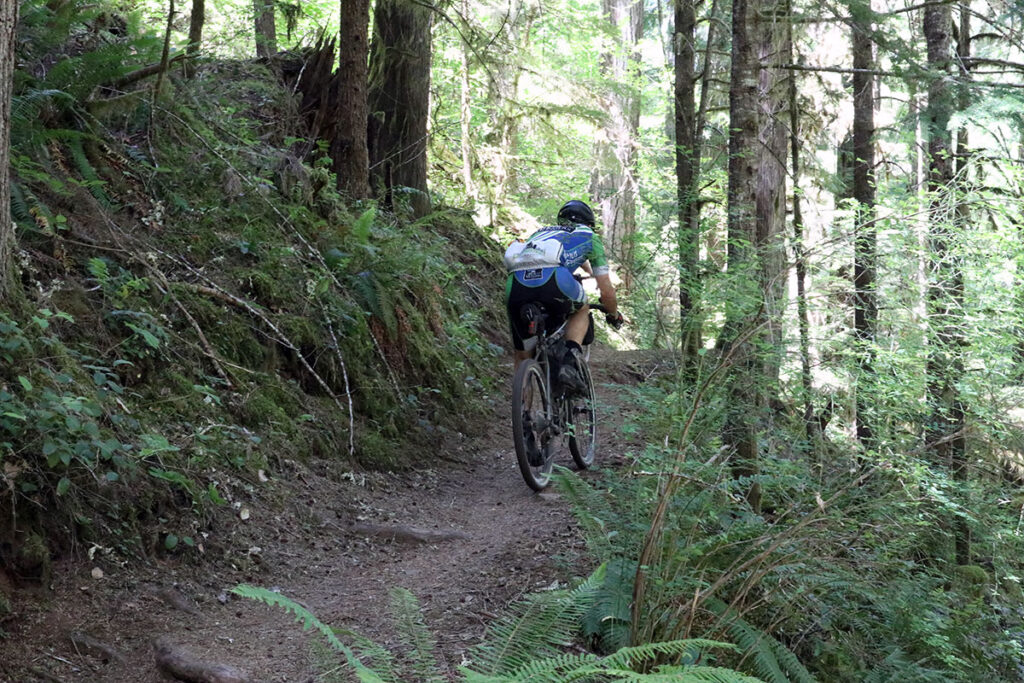
Ryan is a mountain biker at heart, so the OCVA route includes also a 15-mile (25 km) section of singletrack along the McKenzie River. I’ve timed my schedule so I should arrive there at daybreak. It’ll be fun to start Day 2 with this beautiful—and challenging—section.
Ryan scouted the route in 2019, and few people have ridden it since. Nobody has established an FKT on it yet—it’s simply too challenging in so many ways. Back in 2019, we took about 45 hours, sleeping in Oakridge, but also leaving out some gravel at the end. However, Ryan has since then revised the course, almost doubling the climbing involved.
I’ve wanted to try the FKT for a while. Last year, the route was covered in snow in spring, then enveloped in scorching summer heat, before it was closed due to multiple forest fires until autumn, when the snows started falling again. This year, I decided to not to wait for ‘perfect’ conditions. I’ll go early and see what happens.
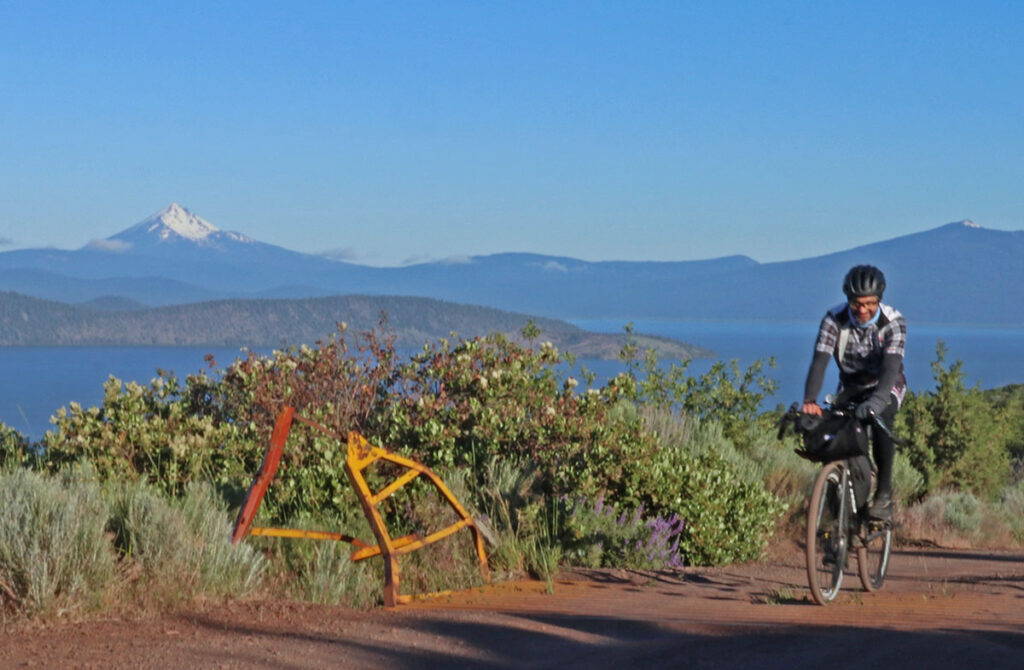
Is it crazy to embark on a big adventure with such an uncertain outcome? I don’t think so—the idea of riding my bike for two days non-stop in the mountains is really exciting.
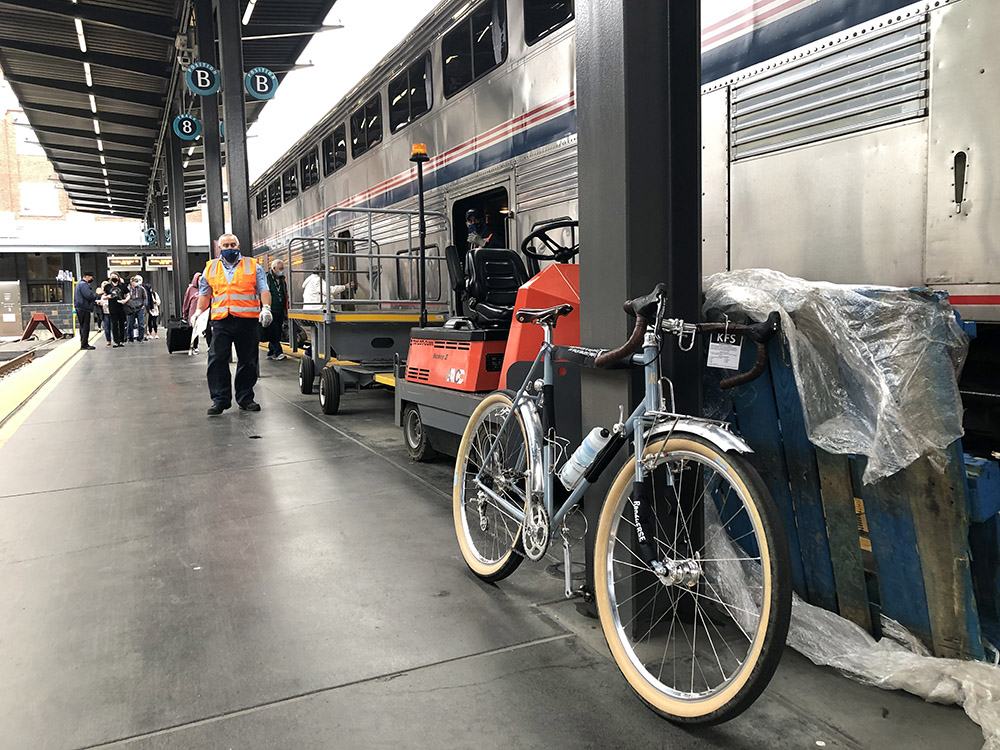
I’ll be riding my Oregon Outback Rene Herse with its 26″ Rat Trap Pass tires and Nivex derailleur. For an adventure like this, reliability is key, and I’d rather not have an electronic derailleur when trudging through snow for miles on end.
After taking the train from Seattle to Klamath Falls on Saturday, I’ll start my ride on Sunday, June 8, 2025 at 8 a.m.
By the time you read this, I’m probably already on the (gravel) road. You can follow my dot as it moves (hopefully) all the way across Oregon:


